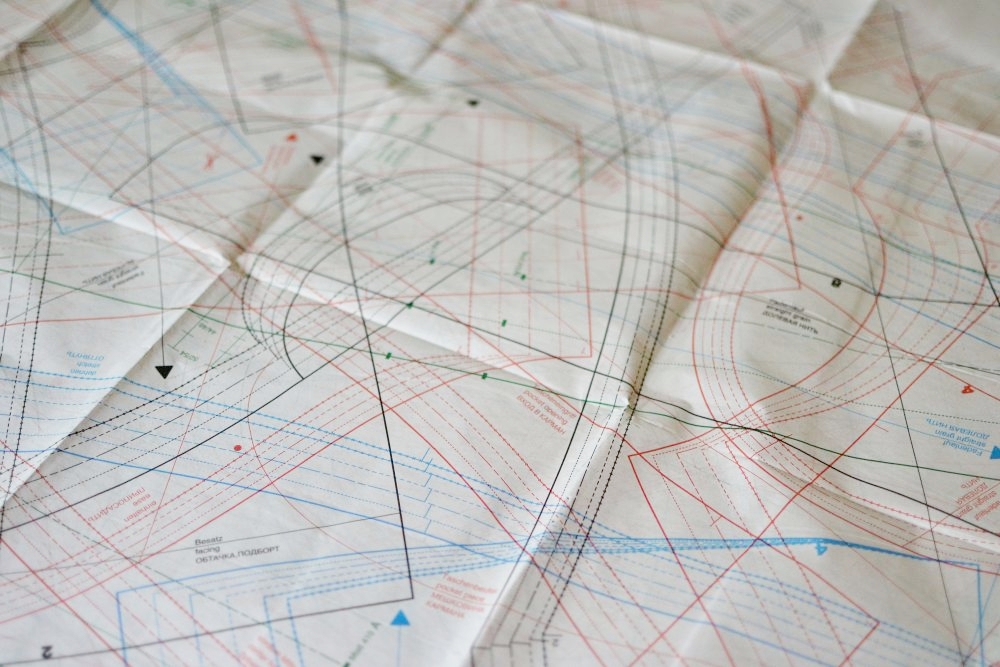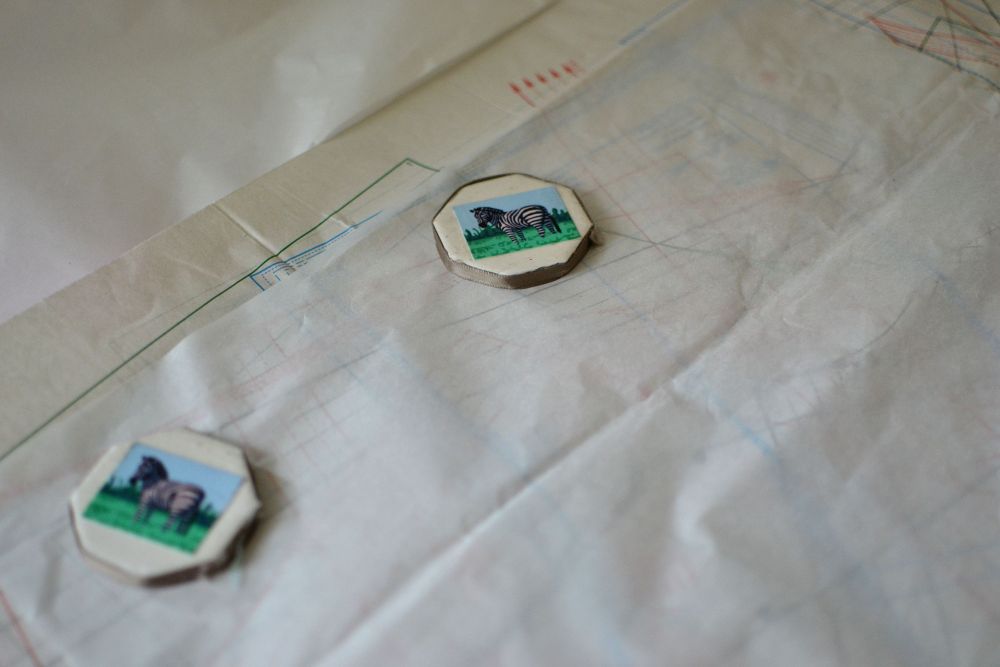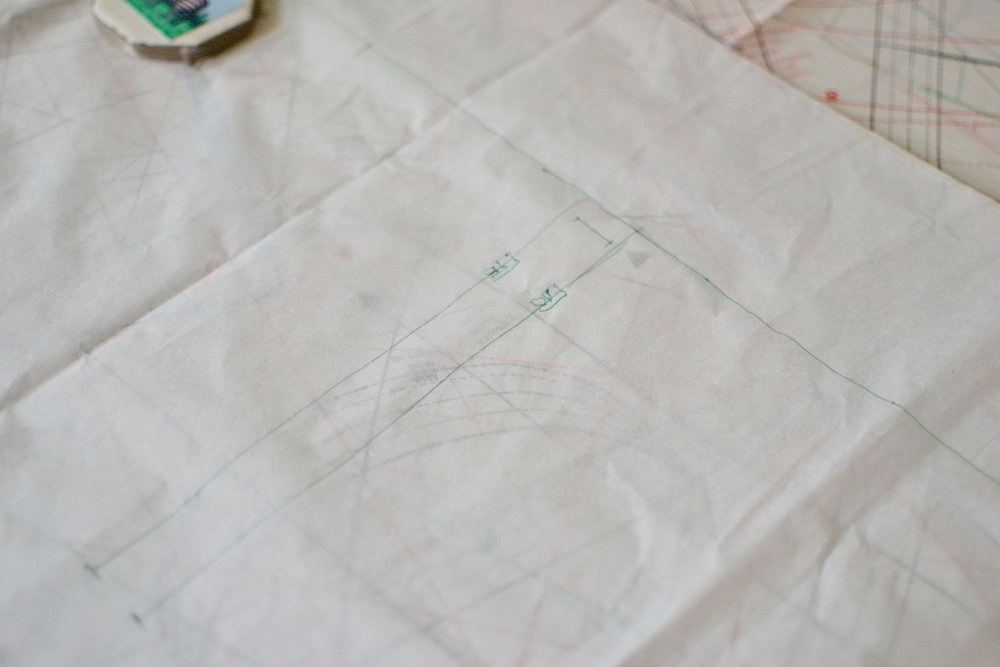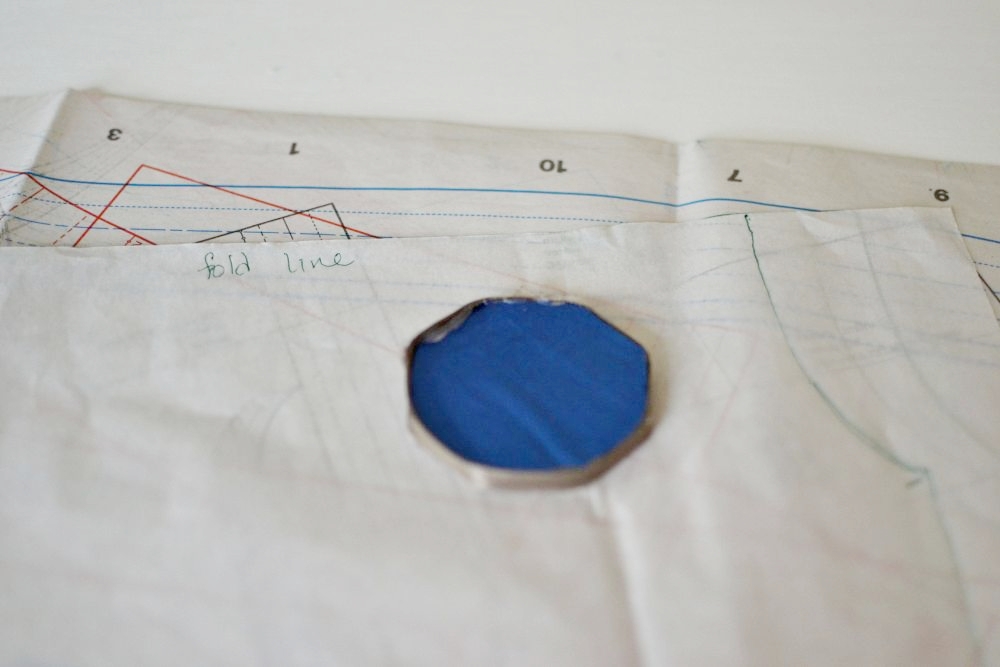Sewing 201 (things my nana didn’t teach me): Why Trace?

I’ve decided to start a new blog series here on the SewCanShe blog, and I’m calling it Sewing 201. Why? Well I’m assuming that you already sew… no, you already love to sew. So I want to share tips beyond the basic ‘how to sew a straight line’. We already have a bunch of awesome techniques tutorials on the ‘Sewing Technique Tutorials‘ page of our site archives and I won’t repeat any of that. This little blog series will help you sew better, faster, and more like an expert. Yay!
And… I hope that you will contribute to our Sewing 201 posts by adding your ‘2 cents’ in the comments. Let’s make it fun!

photo from A Forsest Frolic
https://aforestfrolic.typepad.com/a-forest-frolic/2010/07/vintage-sewing-patterns.html
Today, let’s talk about tracing. I didn’t always trace my pattern pieces. I used to only buy those patterns in envelopes made by the ‘big 4’ pattern companies. Since you can usually get those cheap, cutting the pattern pieces up is no big deal. (Although I would never cut any of these vintage lovelies.)

With inexpensive ‘big 4’ patterns from the store, if you ever want to make a different size you can just go get another pattern. But what about when you start sewing from patterns like this? There’s no way you can cut out even one pattern piece from this sheet of paper without ruining all the rest. Sewing Burda and Ottobre patterns with sheets like this is what started me tracing. Now I trace almost all my patterns, even the pdf ones. Hey, if I spend an hour taping 20 pages together, another 5 minutes tracing is no big deal and then I can make it again later fast.

So what should you trace with? I have read tons of opinions on this, and I have come to the conclusion that you should use what works best for you.
The nicest thing available is called Swedish Tracing Paper and it is a dream. It is transparent enough to easily trace through but it is soft like cloth. You can even sew your pattern pieces together with it to test the fit. The downside: It is expensive. I have some, but I save it for those patterns that I know I want to sew over and over again because the pieces will last.
What else? Once I bought a bolt of sew-in interfacing on clearance. After I figured out that I didn’t really like it (fusible interfacing rocks), I decided to use it for tracing pattern pieces. Awesome. I’ve also used ugly opaque fabric. Why not? Freezer paper works well for long pieces (like pants).
But most of the time I use dollar store tissue paper. It’s cheap, easy to see through, and handy to have on hand for wrapping gifts too.
When I’m done sewing something, if I’m not going to make it again immediately I usually throw away my traced pieces and my original pattern is still in almost-mint condition. I especially throw away the pieces if the item was for a child. I mean, by the time I get around to making that same pattern again there is a 99% chance I will need to make a bigger size. Am I right? My 10 year old grows about an inch a week, I swear.

Here’s the nitty gritty. Use pattern weights to hold your tracing medium down. Trying to hold the tracing paper and trace at the same time will be a major headache.
As you trace, make sure you copy down all of the pattern markings. This is a very helpful exercise because you’ll ‘get to know’ your pattern as you trace the pieces and you’ll be able to very easily find all the design markings later.

If a particular pattern piece has a straight edge (such as a fold line), you can place the edge of your tracing paper along it and eliminate tracing and cutting that line.
All right now, give us your input in the comments… Do you trace? What tips can you share? What other topics would you like to see in Sewing 201?
xoxo,

Disclosure: some of my posts contain affiliate links. If you purchase something through one of those links I may receive a small commission, so thank you for supporting SewCanShe when you shop! All of the opinions are my own and I only suggest products that I actually use. 🙂
